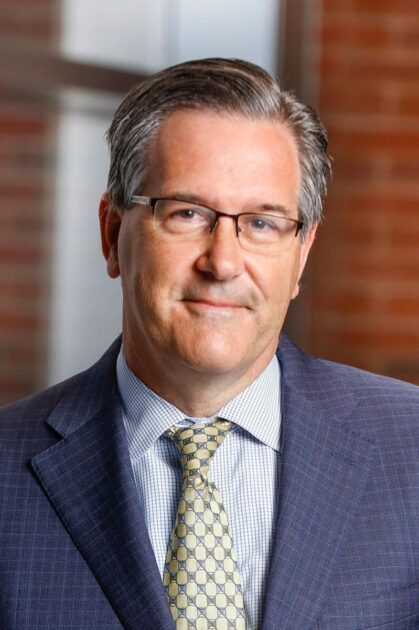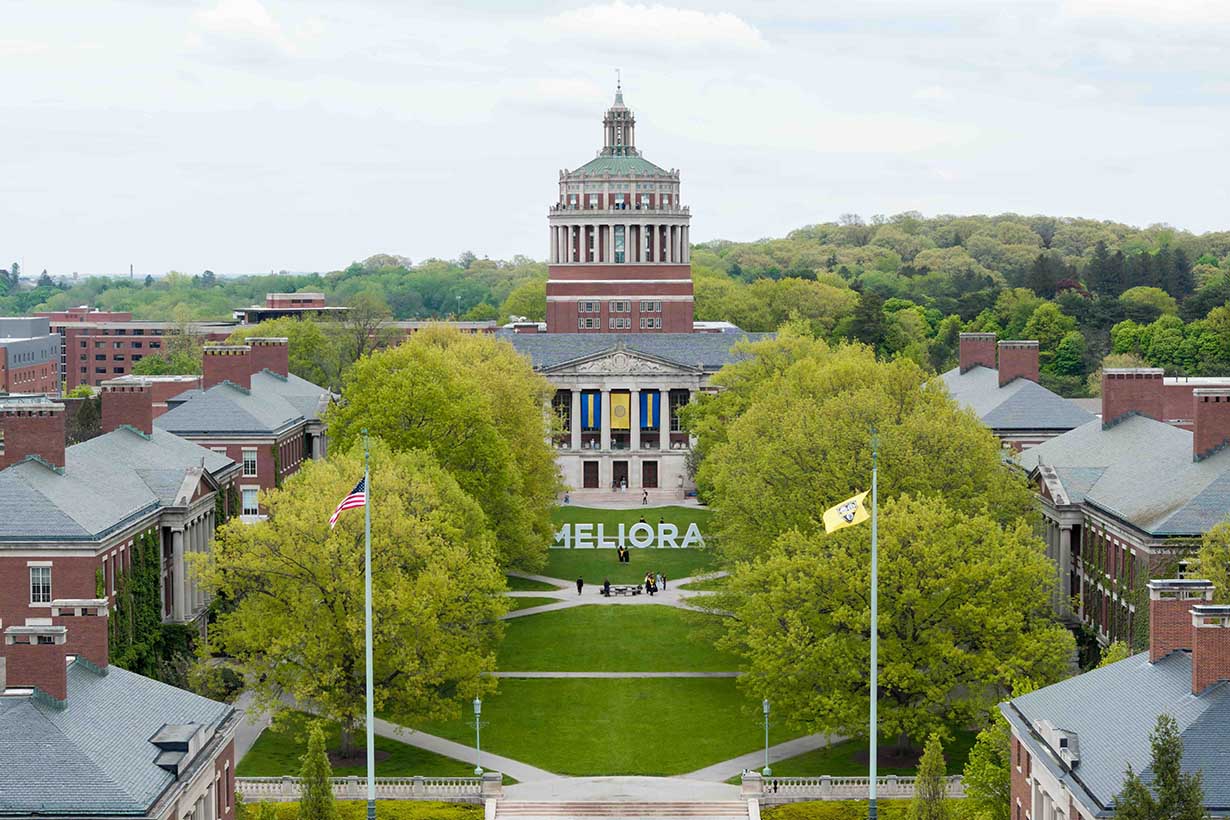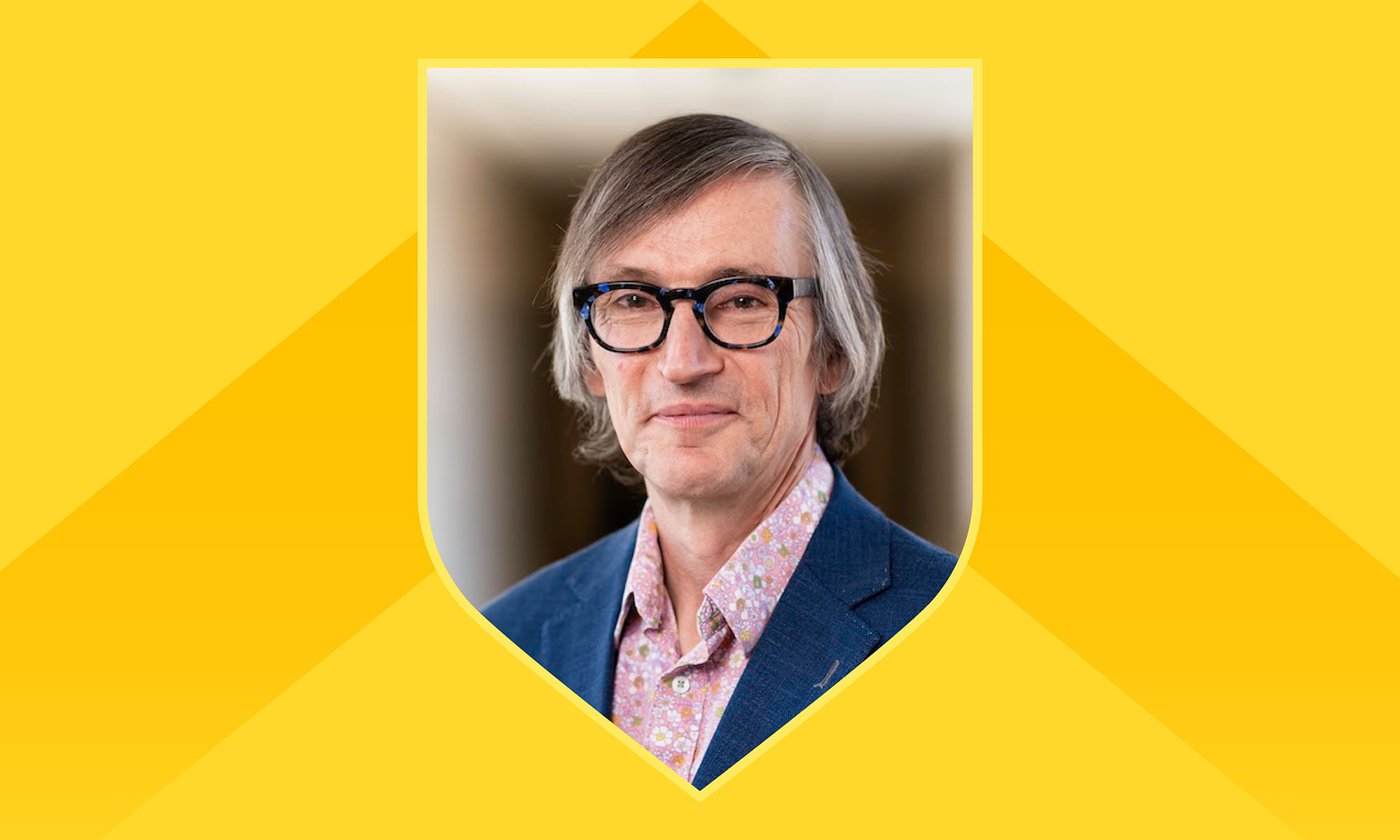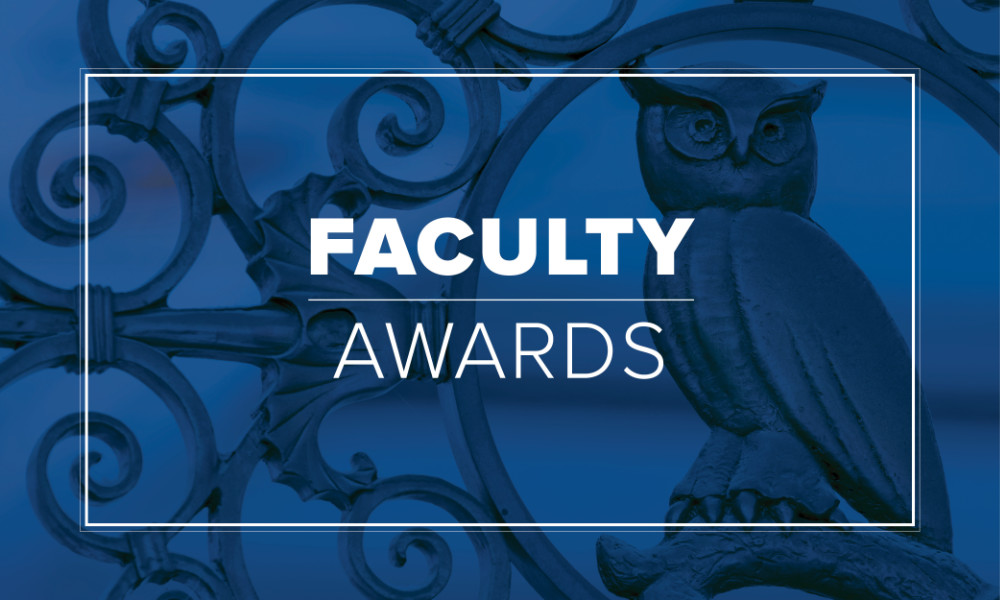The Medical Center CEO talks resilience, research, and the future of healthcare at the University of Rochester.

David Linehan, the CEO of the Medical Center, dean of the School of Medicine & Dentistry, and senior vice president for health sciences at the University of Rochester, is frequently asked how he chose a career in medicine. It’s not something he’s always known (he swears some doctors knew in kindergarten), and he never had some cosmic epiphany. Instead, his decision was steadily shaped by family, school, and Alan Alda.
Linehan received his first doses of healthcare from his mother; she ran a rehabilitation clinic for men addicted to drugs and alcohol, and sometimes—because she was a single parent without alternatives—she brought her son to work. Later, as a high school senior, Linehan had the opportunity to do community service in a small community hospital outside of Boston. Although he was able to see many parts of the hospital, his love of the television war dramedy M*A*S*H drew him to the fast-paced, teamwork-intensive environment of the operating room. The combination of these influences—and 13 years of medical training—set Linehan on a course to become an internationally renowned surgical oncologist.
Before Linehan stepped in to lead the Medical Center in February 2024, he spent a decade as chair of the Department of Surgery, specializing in the treatment of cancers and benign conditions of the liver, pancreas, gallbladder, and bile ducts. So, when he sat with more than 400 URochester faculty and staff in a Leadership Conversations webinar, it was only natural for someone to ask, “Do you still operate?”
He doesn’t.
Linehan explained that stepping away from the OR was the hardest part of assuming his current role because he loves being a surgeon. “I came to the conclusion that pancreatic and liver surgery aren’t the kinds of things you dabble in,” he said. “It’s not fair to the patients.”
But he still sees patients and believes maintaining a presence in the clinical world is important for understanding the current challenges care providers face.
The rest of Linehan’s conversation with Joe Testani, the deputy to President Sarah Mangelsdorf, covered a range of issues around his vision for care delivery, research, and education.
Here are five takeaways.
Resilience still needs support.
Recent reports from the Association of American Medical Colleges, American Hospital Association, and the Health Resources and Services Administration project severe workforce shortfalls across American health systems during the next 10 years. It’s a scary forecast, but Linehan offered reasons to think UR Medicine will weather whatever lies ahead.
Like all other health systems, UR Medicine had the COVID-19 pandemic as a teacher. As tough as that period was, the real strain came after. Burnout was (and still is) real, and it frequently led to turnover. At one point, up to 30 percent of nurses in UR Medicine facilities were temporary or contract staff, creating a dynamic that drained morale. However, Linehan emphasized the staff was (and still is) incredibly resilient and united in their commitment to the people they serve.
“A resilient workforce that feels well-supported is key to achieving our vision.”
Since the pandemic, UR Medicine has turned the tide through a renewed focus on recruitment and retention. Additionally, Linehan highlighted the Medical Center’s Wellbeing Leadership Team, which is delving beneath surface-level pain points to address systemic issues. The goal is to make the work easier. As an example, Linehan offered the implementation of ambient documentation. It’s an AI-based tool that automates note-taking, allowing physicians to spend less time with paperwork and more time with patients.
Linehan underscored the importance of every employee knowing that, no matter their role, they contribute to the level of care UR Medicine provides. When he says, “everyone is a caregiver,” he means it.
Expect to see new training programs, more integration, and AI.
To continuously improve care through research and innovation, as the Medical Center aims to do, Linehan is thinking about where healthcare is headed over the next 10 years and how URochester can expand its educational footprint to meet it.
Linehan sees a future where the ways we train caregivers will be transformed by artificial intelligence, virtual reality, and competency-based education models that value mastery over time to accelerate training. In the short term, the Medical Center will offer new programs, such as a doctorate in physical therapy and a new certified registered nurse anesthetist as well as additional training pathways for radiology and pathology technologists. Linehan emphasized that education isn’t just for those designated as students.
“Everyone in our workforce is getting educated every day, me included. We want people to come here, learn, and advance their careers. That’s a good way to retain people.”
In general, Linehan wants to see the Medical Center take greater advantage of being an academic medical center. Translating science into clinical care should become routine, and it should start in the Medical Center’s education programs. The integration of AI could change a lot of this. We’re already in a time where care can be delivered semi-autonomously, and we’re heading toward automation. Linehan is thinking of AI as a tool that caregivers use, rather than a caregiver-replacement, citing the use of “Doctor Chat Bot” during the pandemic. It’s a simple example, but an early indicator that AI will fundamentally change how medicine is practiced. Linehan wants the Medical Center to be at the forefront of that shift.




